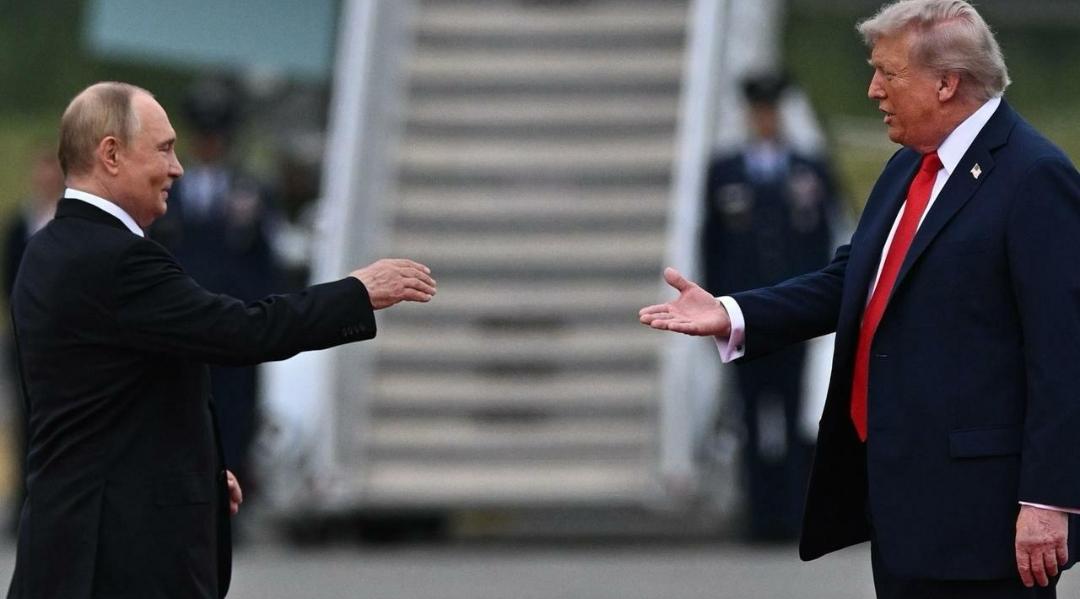
In what appears to be a dramatic escalation of the ongoing Russia-Ukraine war, Moscow has launched one of its largest aerial assaults yet, targeting Ukraine’s western region on the night of August 21. The strike has rattled not only Kyiv but also Washington, as one of the key targets was a facility owned by the U.S.-based multinational electronics manufacturer Flex Ltd.
According to Ukrainian media outlet NPR Ukraine, Russia deployed over 570 drones and 40 missiles in the assault, marking it as one of the most intense strikes since the beginning of the conflict. Among these, two cruise missiles directly hit the Flex factory, a civilian manufacturing unit producing household appliances such as coffee machines, not military equipment. The attack resulted in massive damage, with nearly one-third of the facility reduced to ashes and thick black smoke billowing into the sky—a scene that quickly went viral across social media.
Workers Escape, But Injuries Reported
Local authorities confirmed that nearly 600 employees were inside the facility at the time of the strike. Fortunately, air raid sirens and preemptive warnings allowed most workers to reach shelters before the missiles struck. While a large-scale tragedy was averted, several injuries were reported, and the factory’s infrastructure suffered severe destruction.
Ukrainian President Volodymyr Zelenskyy condemned the attack in strong terms, calling it a deliberate strike on civilian infrastructure and U.S. investment. “This was not a military target. It was a factory producing everyday appliances, employing civilians. Russia has knowingly attacked American property in Ukraine,” Zelenskyy said, adding further strain to an already fragile diplomatic environment.
The American Angle
Flex Ltd., headquartered in Austin, Texas, and co-headquartered in Singapore, operates in more than 100 locations worldwide. The company has never been associated with defense or military production, making the attack a direct message from Moscow. Many observers see this as Russia’s attempt to warn the United States about its growing involvement in Ukraine’s security affairs.
The strike also comes at a delicate diplomatic moment. Just days earlier, U.S. President Donald Trump met Russian President Vladimir Putin in Alaska and Ukrainian President Volodymyr Zelenskyy in Washington. These back-to-back meetings raised hopes of a possible peace settlement or at least a roadmap toward de-escalation. Trump had even instructed U.S. military chief General Dan Kane to draft a security guarantee plan for Ukraine, though he clarified that American ground troops would not be deployed, even in a peacekeeping capacity. Washington’s role, according to Trump, would be limited to aerial support.
Russia’s Firm Stance
On the other side, Russia had already expressed dissatisfaction with Western-led security proposals. Russian Foreign Minister Sergey Lavrov warned last week that “any security plan for Ukraine that excludes Russia is doomed to fail.” He insisted that Moscow should hold veto power in any future arrangement. Against this backdrop, the missile strike appears not only as a military move but also as a political message: Russia will not be sidelined in negotiations.
A Blow to Peace Efforts?
The timing of this strike has sparked widespread debate among analysts and policymakers. Was this attack Moscow’s way of reminding Washington and Kyiv of its leverage? Or is it a sign that peace negotiations, despite Trump’s efforts, are still far from reality?
The destruction of a U.S. company’s facility in Ukraine could push Washington into a tougher stance. Yet, Trump has maintained a careful balance, reiterating that the U.S. seeks to end the war but will not commit boots on the ground. Whether this balance holds in the wake of the latest assault remains uncertain.
What Lies Ahead
The incident has left the world with pressing questions:
Will the U.S. harden its involvement after Russia’s attack on an American-owned facility?
Can Trump still convince both Moscow and Kyiv to pursue a peace roadmap?
Or is the conflict headed toward another prolonged cycle of escalation?
For now, what seemed like cautious optimism after Trump’s recent diplomatic outreach has been overshadowed by Russia’s fiery show of force. As the war enters yet another uncertain phase, the global community watches closely—hoping for peace, yet preparing for the possibility that this conflict may be far from over.




